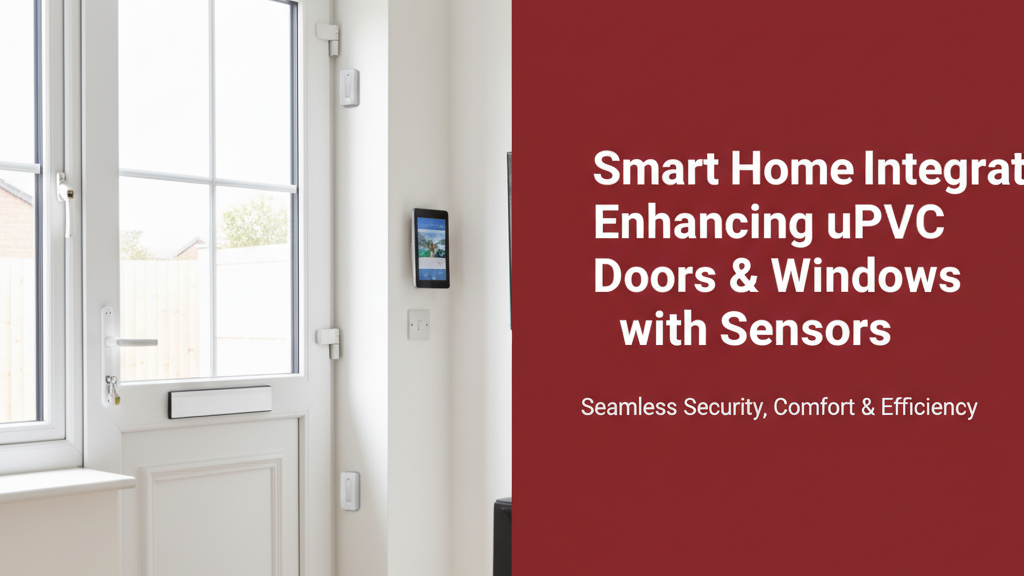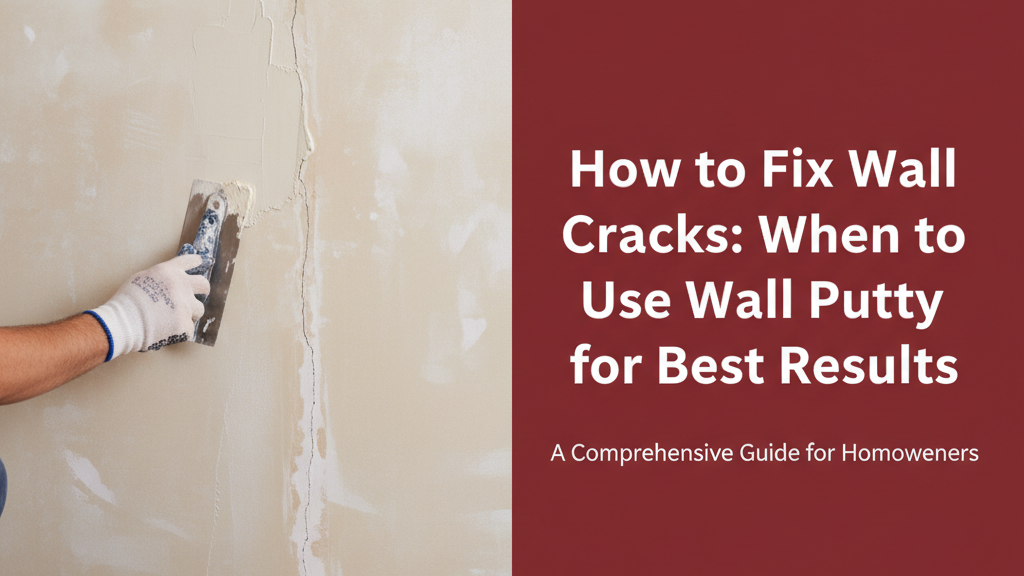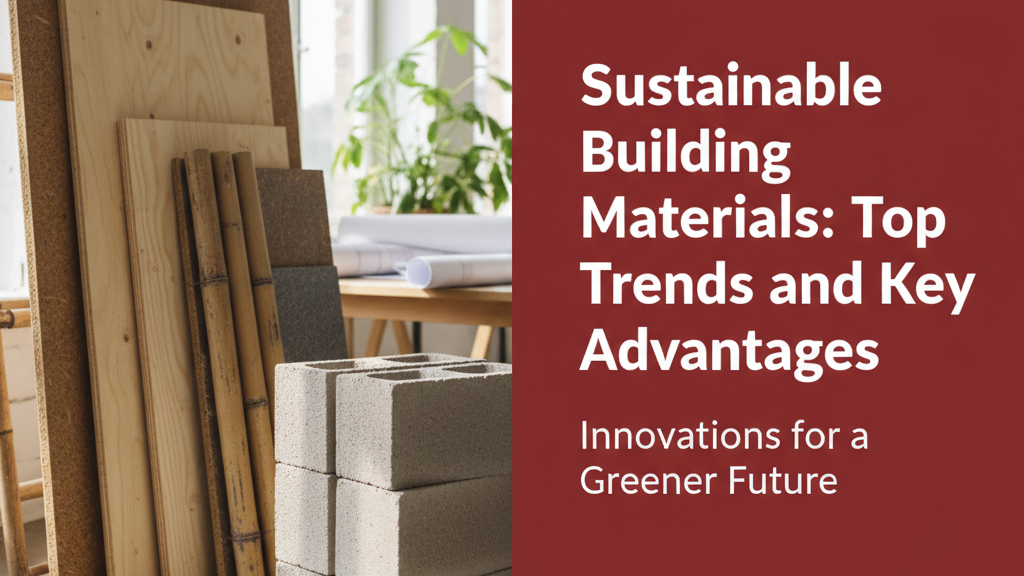The Rise of Smart Home Technology
Modern Indian homes are increasingly adopting smart technology to enhance security, convenience, and energy efficiency. As homeowners look for ways to integrate automation seamlessly, uPVC doors and windows present an ideal foundation for sensor-based solutions. Unlike traditional materials, uPVC’s durability and weather resistance make it compatible with long-term smart home setups, especially in India’s humid, dusty, and monsoon-prone regions.
Why Choose uPVC for Smart Home Integration?
uPVC (unplasticised polyvinyl chloride) offers distinct advantages for smart home integration:
- Stability: uPVC does not warp, crack, or corrode, ensuring consistent sensor alignment and performance over time, unlike wood or metal.
- Insulation: Multi-chambered uPVC profiles enhance thermal and acoustic insulation, complementing smart temperature and sound sensors.
- Low Maintenance: Unlike materials requiring regular painting or sealing, uPVC’s smooth surface simplifies sensor installation and upkeep.
- Compatibility: uPVC frames accommodate concealed wiring for sensors without compromising structural integrity.
Modern uPVC systems adhere to ISI/BIS standards for durability, ensuring reliable performance even in extreme temperatures (from -10°C to 50°C).
Types of Sensors for uPVC Doors & Windows
Contact Sensors
These detect openings/closures and are ideal for security:
- Magnetic type: Paired sensors trigger alerts if a door/window is unexpectedly opened.
- Roller-ball type: Suitable for sliding uPVC windows, detecting movement even in dusty conditions.
For optimal performance, ensure sensors are installed on stable, non-flexible sections of the uPVC frame.
Motion Sensors
Often used with patio doors or large windows:
- PIR (Passive Infrared): Detects human movement within a 5–10m range, with minimal false alarms from pets.
- Microwave: Effective for high-humidity areas but consumes more power.
Environmental Sensors
Monitor indoor conditions and automate responses:
- Temperature/humidity: Can trigger uPVC window actuators to ventilate a room when humidity exceeds 60%.
- Air quality: Integrates with motorised uPVC vents to reduce CO₂ levels.
- Rain sensors: Automatically close uPVC windows during monsoon showers.
Benefits of Smart uPVC Doors & Windows
- Enhanced security: Real-time intrusion alerts via contact/motion sensors deter burglaries, with no signal interference from uPVC’s non-metallic composition.
- Energy savings: Environmental sensors paired with automated uPVC windows can reduce AC usage by 15–20% in summer by optimising natural ventilation.
- Noise control: Smart systems can close uPVC windows (which attenuate 30–35 dB of external noise) when indoor noise levels exceed a threshold.
- Child safety: Sensors can alert if a child opens a window beyond a preset limit.
Installation & Compatibility Considerations
To ensure seamless smart integration with uPVC doors and windows:
- Frame preparation: Choose uPVC profiles with pre-drilled conduits for wiring to avoid post-installation modifications.
- Power options: Battery-powered sensors (2–5 year lifespan) suit retrofits, while hardwired systems need professional installation during uPVC frame fabrication.
- Weatherproofing: Verify sensor IP ratings (≥IP54 for monsoon resistance) and avoid mounting near uPVC drainage channels.
- Protocols: Zigbee or Z-Wave sensors are preferable for whole-home automation due to lower interference risks than Wi-Fi.
Tip: For multi-floor homes, ensure your uPVC window sensors support mesh networking to avoid signal drop-offs between floors.
Future Trends in Smart uPVC Solutions
Emerging innovations are set to expand uPVC’s role in smart homes:
- Self-powered sensors: Kinetic or solar-powered devices eliminating battery replacements.
- AI integration: Systems learning occupancy patterns to automate uPVC window operations intelligently.
- Voice control: Native compatibility with regional-language assistants for hands-free operation.
- UV-responsive glass: Smart uPVC windows with electrochromic glass adjusting tint based on sunlight intensity.
As uPVC technology evolves, its synergy with smart systems will likely make it a default choice for automated, energy-efficient Indian homes.




